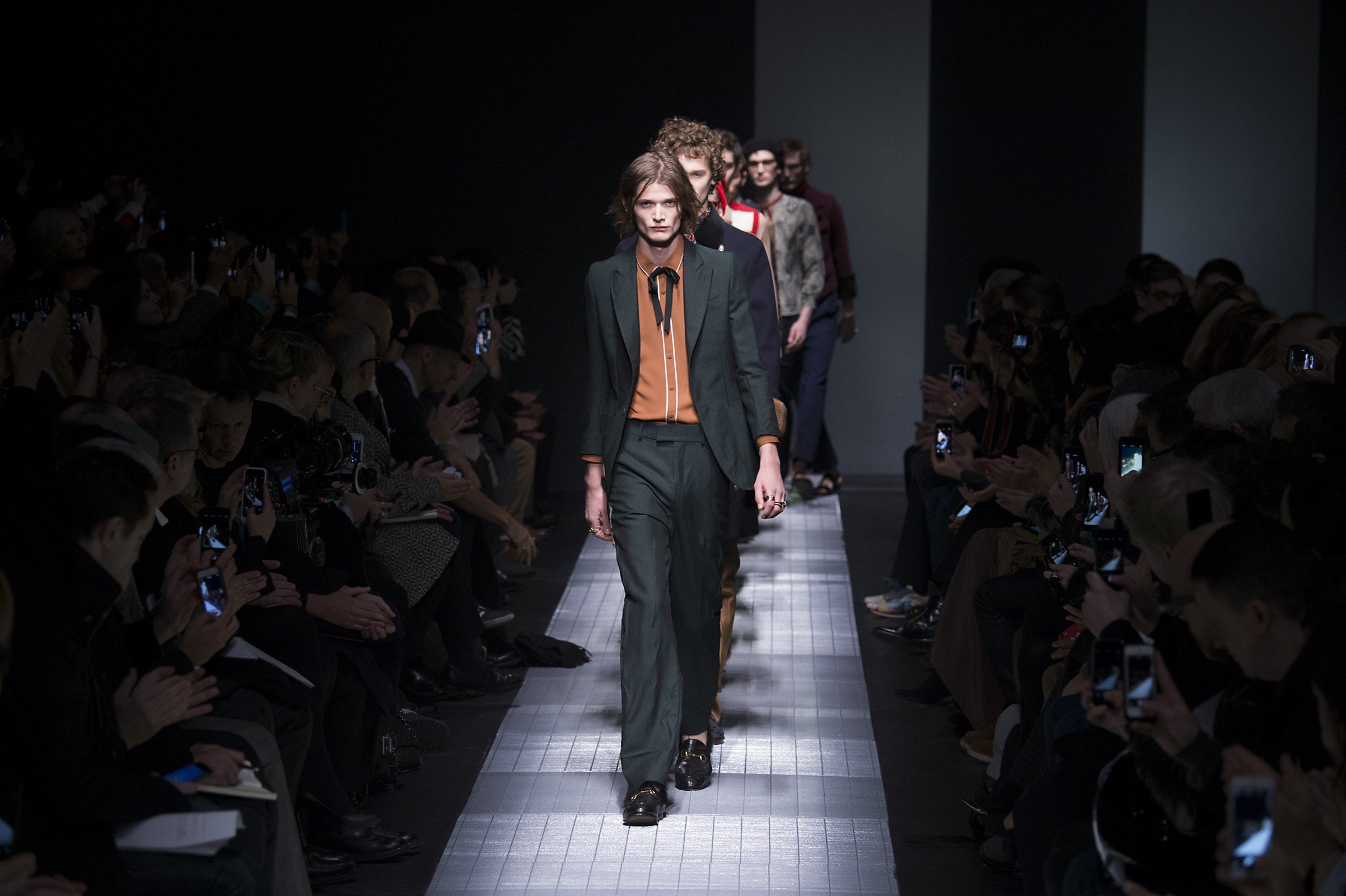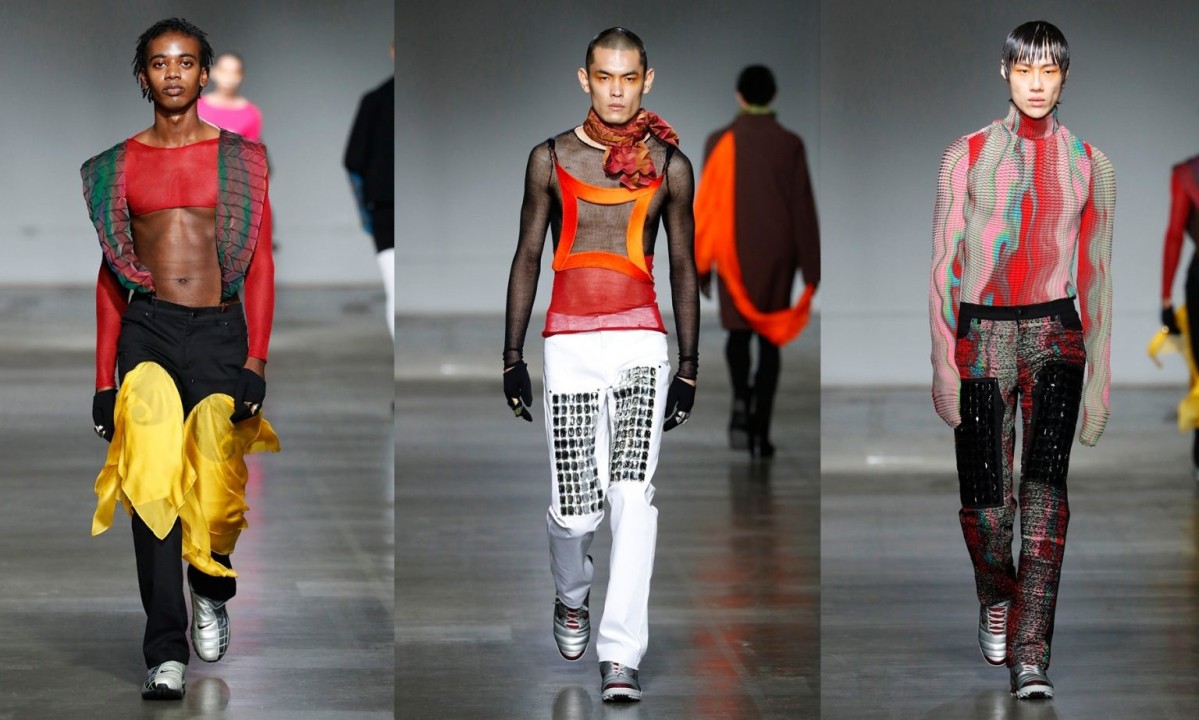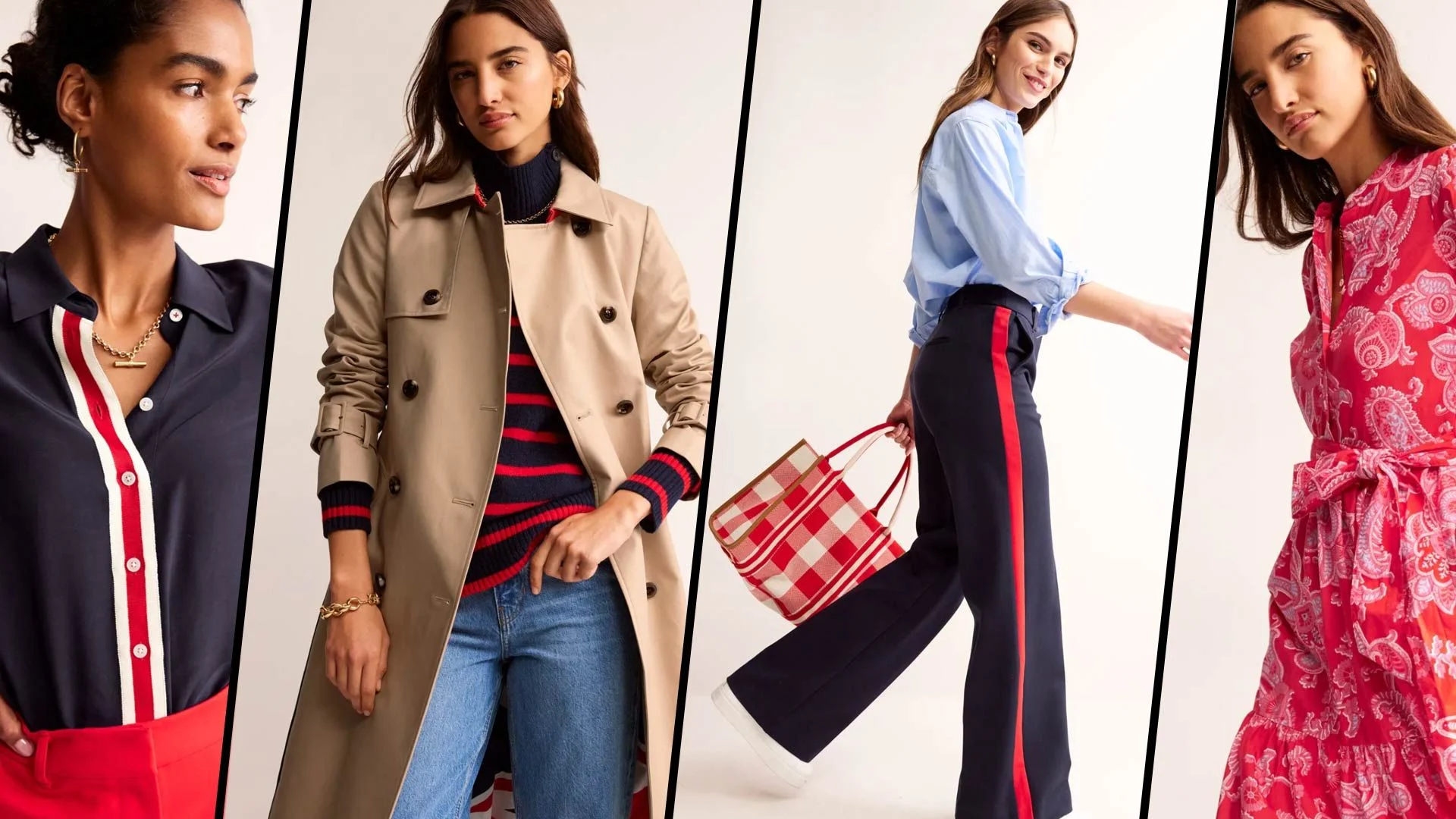Introduction
In recent years, the fashion industry has undergone a significant transformation, embracing diversity and inclusivity like never before. One of the most prominent shifts has been the rise of gender-fluid fashion, a movement that challenges traditional notions of masculinity and femininity, blurring the lines between genders and allowing individuals to express themselves authentically. From the runway to the streets, gender-fluid fashion has made a profound impact on the way we perceive clothing and personal style.

The Evolution of Gendered Fashion
For centuries, clothing has been used as a tool to reinforce gender norms and identities. Men were expected to wear suits and trousers, while women were confined to dresses and skirts. These rigid distinctions dictated not only what people wore but also how they were perceived by society.
However, as societal attitudes towards gender have evolved, so too has fashion. The 20th century saw the rise of androgynous styles, with icons like Marlene Dietrich and David Bowie challenging gender norms through their wardrobe choices. Yet, it wasn’t until recent years that the fashion industry truly embraced the concept of gender fluidity.
Breaking Down Barriers
Gender-fluid fashion is all about breaking down barriers and allowing individuals to express themselves freely, regardless of societal expectations. Designers are increasingly creating collections that eschew traditional gender norms, featuring clothing that is versatile and inclusive.
One of the most significant developments in gender-fluid fashion has been the rise of unisex clothing lines. These collections are designed to be worn by people of all genders, offering pieces that are both stylish and comfortable. From oversized shirts to tailored trousers, unisex fashion is all about blurring the lines between masculinity and femininity.
The Runway as a Catalyst for Change
The runway has long been a platform for pushing boundaries and challenging the status quo, and gender-fluid fashion is no exception. In recent years, designers have been increasingly featuring gender-neutral looks in their collections, sending a powerful message of inclusivity and acceptance.
Major fashion houses like Gucci, Louis Vuitton, and Alexander McQueen have all embraced gender-fluid fashion, showcasing collections that blur the lines between genders. From androgynous silhouettes to bold prints and colors, these designers are leading the charge towards a more inclusive fashion industry.
The Influence of Street Style
While the runway may set the trends, it’s on the streets where fashion truly comes to life. Gender-fluid fashion has gained significant traction in street style circles, with fashionistas around the world embracing androgynous looks and pushing the boundaries of traditional gender norms.
Social media platforms like Instagram and TikTok have played a significant role in popularizing gender-fluid fashion, allowing individuals to showcase their personal style and connect with like-minded individuals. Influencers and celebrities alike have embraced gender-fluid looks, further fueling the movement and inspiring others to do the same.
Challenges and Criticisms
Despite its growing popularity, gender-fluid fashion is not without its challenges and criticisms. Some argue that it is merely a passing trend, while others believe that it undermines the significance of gender identity. Additionally, there are concerns that the fashion industry’s embrace of gender fluidity is merely a marketing ploy, designed to capitalize on the growing demand for inclusivity.
Moreover, there is still a long way to go in terms of representation and inclusivity within the fashion industry. While major brands are increasingly featuring gender-fluid looks in their collections, there is still a lack of diversity on the runway and in advertising campaigns. Many argue that true progress will only be achieved when fashion truly reflects the diversity of the world we live in.
Looking Towards the Future
Despite the challenges it faces, gender-fluid fashion shows no signs of slowing down. As societal attitudes towards gender continue to evolve, so too will the fashion industry. Designers will continue to push boundaries and challenge norms, creating collections that celebrate individuality and self-expression.
Ultimately, gender-fluid fashion is about more than just clothing – it’s about acceptance, inclusivity, and embracing diversity. By blurring the lines between genders, fashion has the power to create a more inclusive world where everyone feels seen and celebrated for who they are. And as we move forward, it’s essential that we continue to champion gender fluidity in all its forms, both on and off the runway.
In conclusion, gender-fluid fashion represents a significant shift in the way we perceive clothing and personal style. By challenging traditional gender norms and embracing inclusivity, designers are creating collections that celebrate individuality and self-expression. From the runway to the streets, gender-fluid fashion is reshaping the fashion industry and paving the way for a more inclusive future.












